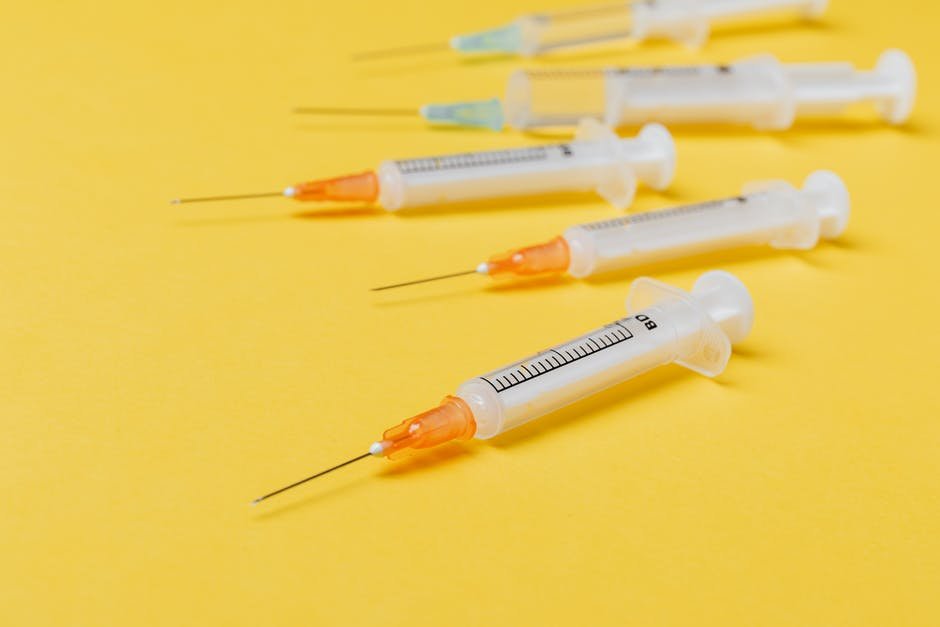Did you know that the size of the worldwide market for syringes was US$18.6 billion in 2021?
Whether you’re a doctor or need to give yourself a shot, the best way to measure the correct dosage is through a syringe. However, many types of syringes are available, and figuring out which is safer for you to use may be confusing.
To make things easier for you, here is a guide to the types of syringes and which are most recommended.
Contents
Needle-Less Syringes
One of the types of syringes is needleless. These syringes use air or gas to propel the medication, eliminating the need for a needle and allowing for less waste.
In addition, needleless syringes are safer for healthcare workers, as they have no risk of needle sticks and do not require handling or disposal of sharps. Needleless syringes are most often used for intravenous injections. Still, they can use topical applications and certain oral medicines, making them an increasingly popular choice for providers, patients, and caregivers.
Various sizes are available and tailored to individual needs, depending on the amount and type of medication administered. Needleless syringes provide a safe, efficient, and cost-effective way to deliver medication, making them a valuable tool in healthcare.
Insulin Syringes
It measures and administers insulin to people with diabetes. Insulin syringes are often labeled with a U-100 measurement, which indicates the amount of insulin in each medical syringe. It has a short, thin needle that is made to penetrate the skin only slightly and allow a measured amount of insulin to flow into the body.
They also contain a plunger that allows an accurate amount of insulin to be controlled and injected. It should always be used with an alcohol swab and a clean surface to ensure the safety of the medication.
Tuberculin Syringe
It is a syringe used to inject tiny amounts of fluid. Its purpose is to deliver accurate doses of drugs to the affected area precisely. The plunger is typically larger than most other syringes, as it needs to have a minimal amount of fluid.
Tuberculin syringes are commonly used in medical and laboratory settings and operational procedures such as injections and blood tests. Its design includes a graduated barrel and a graduated scale that measure down to the lower measurement range, typically in the microliter range, allowing for exact dosage accuracy measurements for medications.
The needle of a Tuberculin syringe is usually longer than other syringe types, and the need for a smaller gauge needle. Using syringes have an excellent safety record, with minimal risk of infection or injury. Click here to learn more!
Exploring the Different Types of Syringes
Syringes come in various sizes, shapes, and materials to best suit medical needs. Regardless of the types of syringes used, extreme caution should be taken when using them, and disposal must be done according to safety guidelines.
Don’t forget to read more exciting content on our website.



